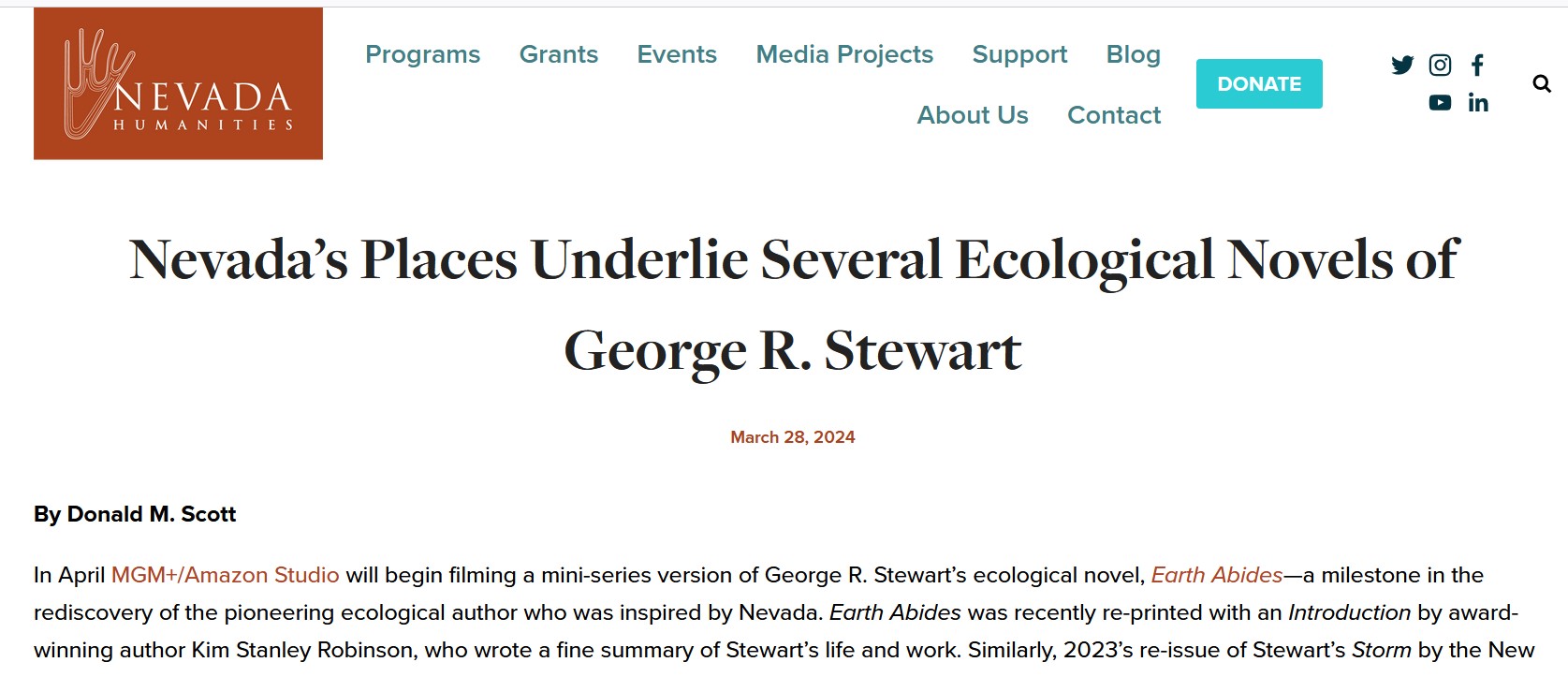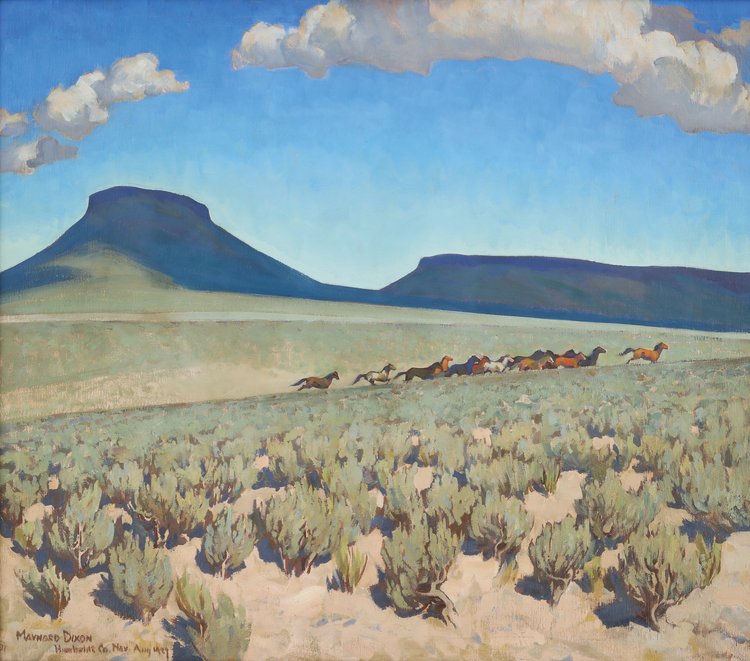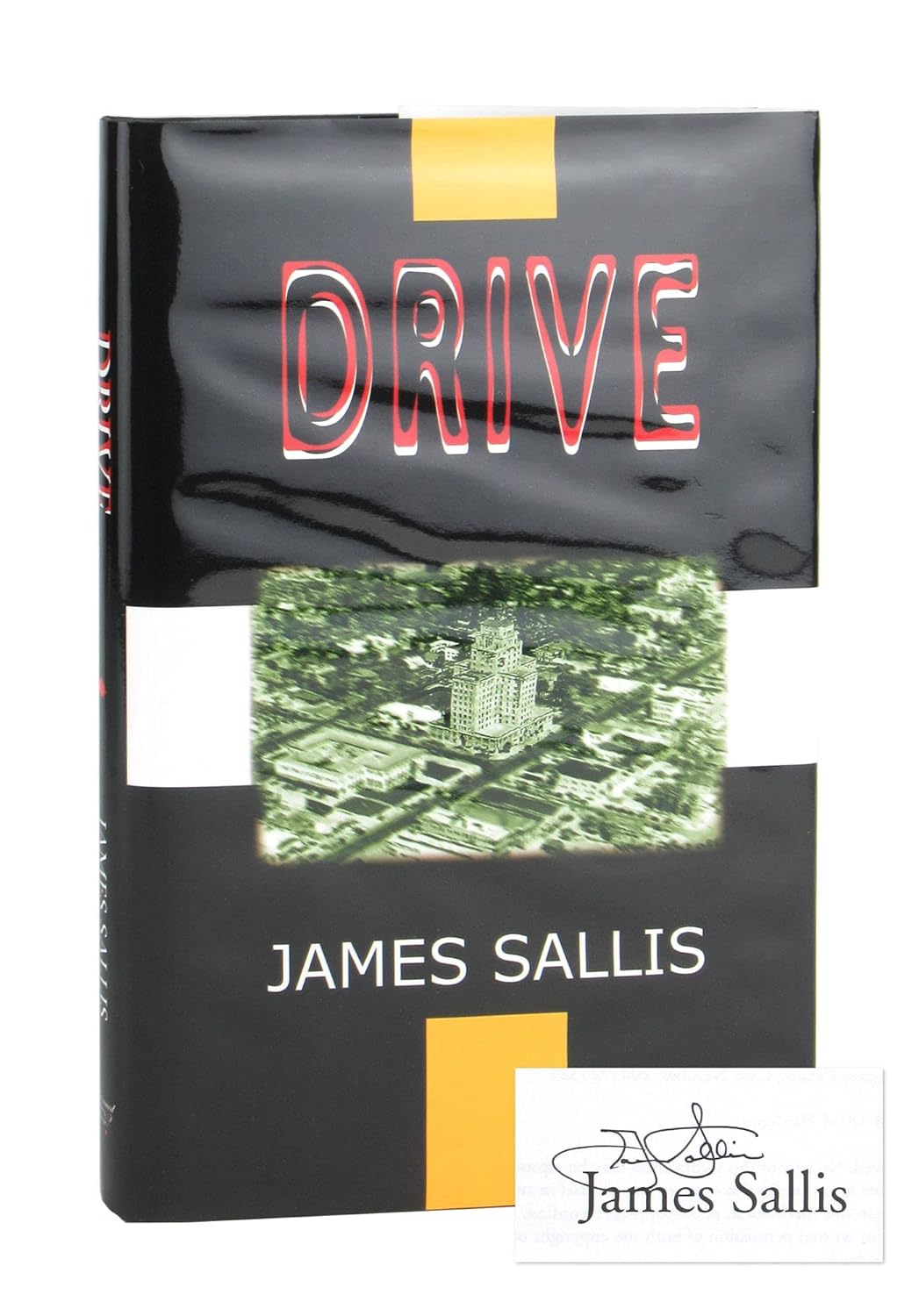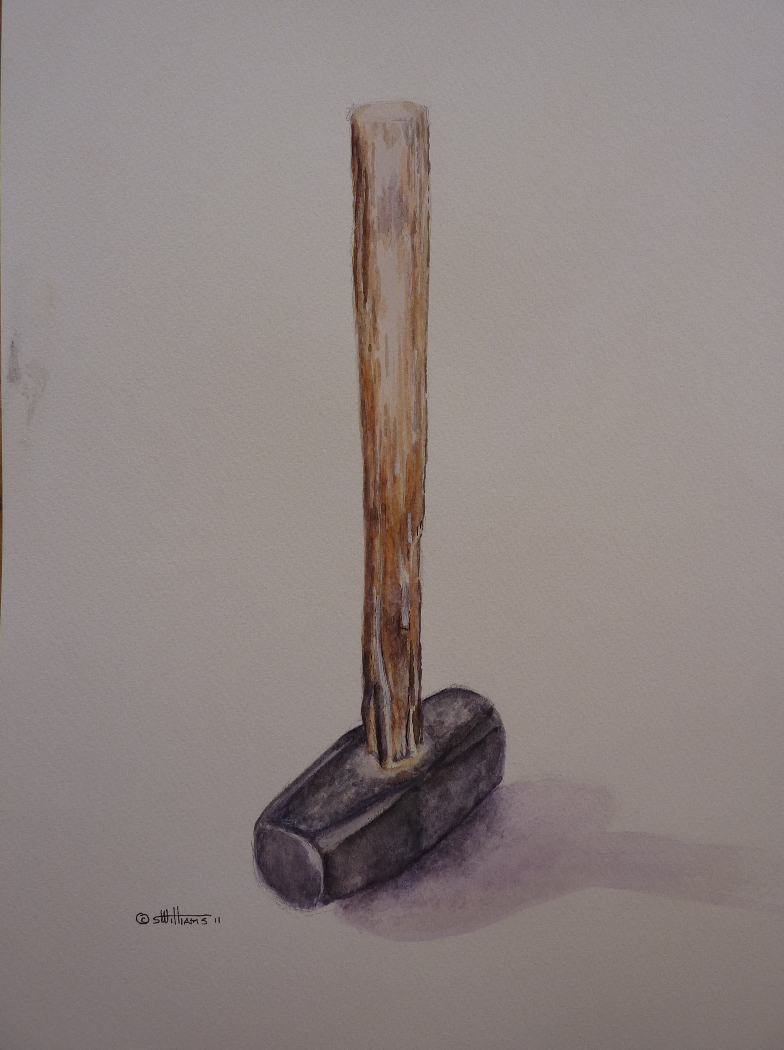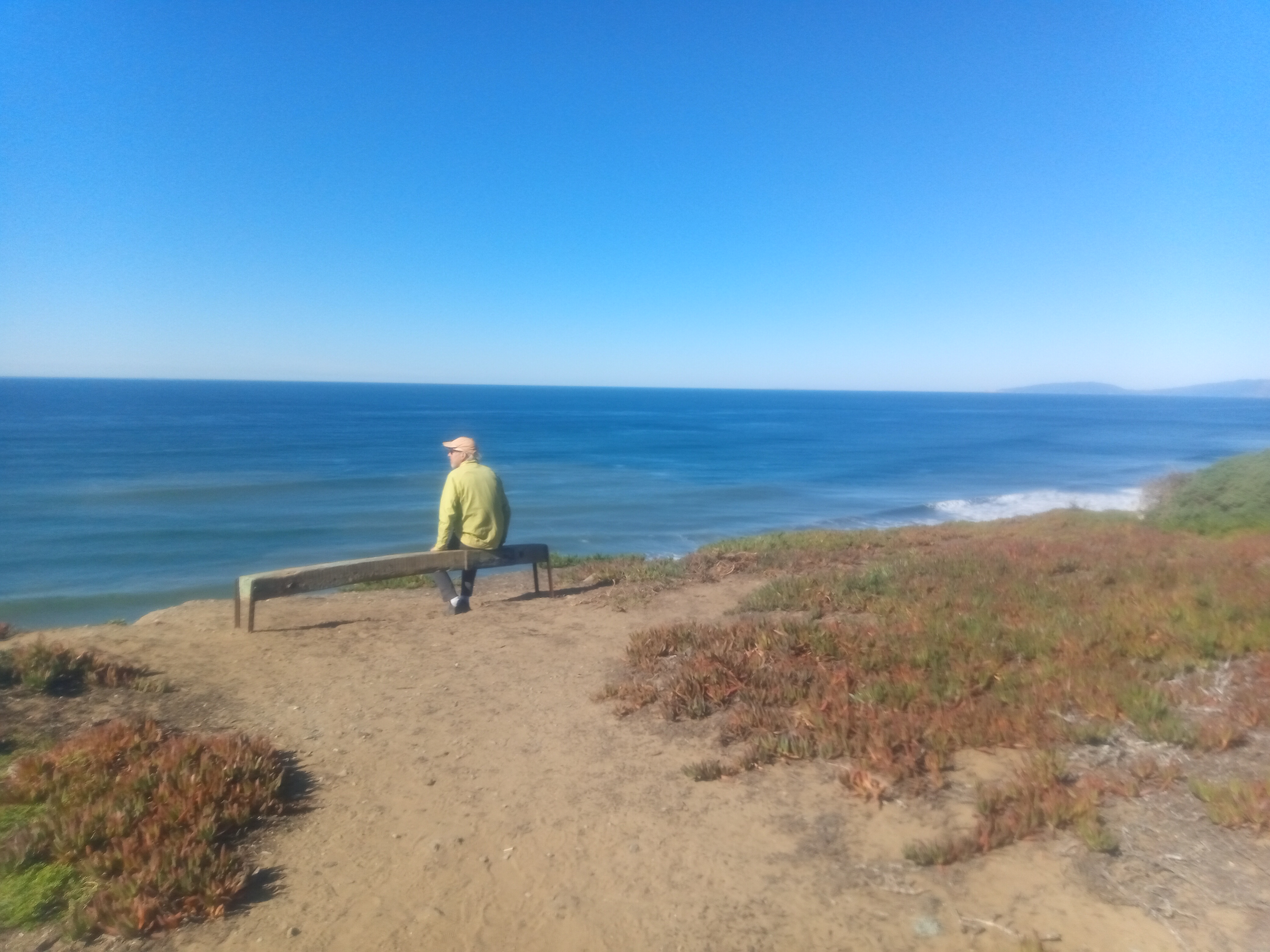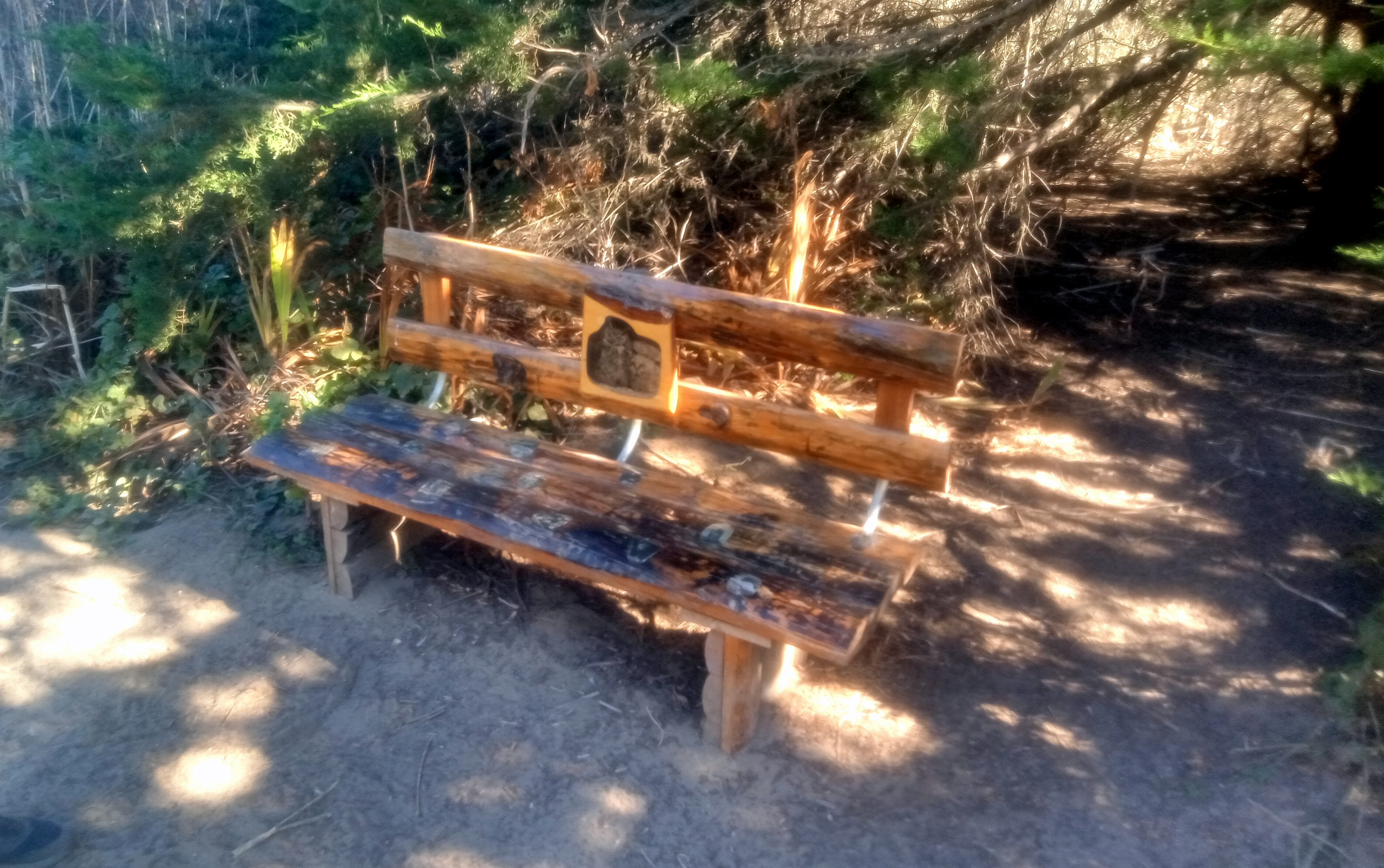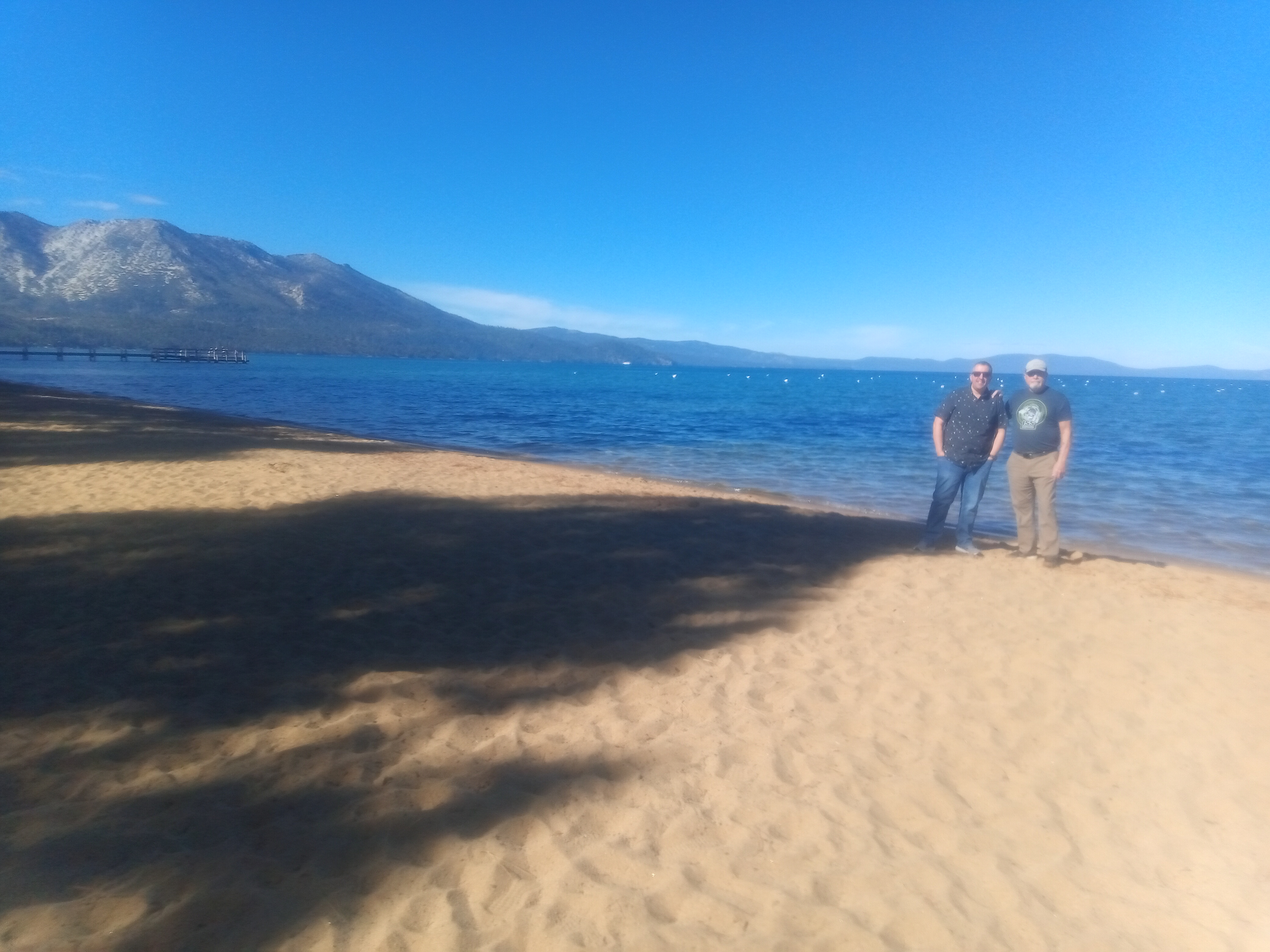There has long been a Fellowship of George R. Stewart, going back to his early years as a young Professor of English at the University of California, Berkeley – a chain of friends, fans, colleagues, and those inspired by the man and his work stretching slightly more than a century. With the recent rediscovery of Stewart by the larger general literate public through the reissue of his books, the filming of a major mini-series version of his great, never-out-of-print classic EARTH ABIDES, the Fellowship, which has worked quietly for most of that century to keep his work and ideas alive, is waking up, ready to share knowledge of the man, his great literary works, his profound influence on other writers, scholars, filmmakers and his readers. Some of us are nearing the end of our time, others have already left this life. So, it seems to me, it’s up to those of us still here to make sure we still-energetic members of the Fellowship fulfill a duty to honor all the Fellowship. In honoring them, we honor George R. Stewart.
In my years as student and teacher of the works of George R. Stewart I’ve met many members of the George R. Stewart Fellowship. Now, in honor of those who’ve led the renaissance of the man and his work – those who write music, or make films, or create literature – I plan to create a series of posts to honor them, and to teach you about them and their work. The first of these is author Christopher Priest.
https://en.wikipedia.org/wiki/The_Prestigehttps:/
The Prestige has been called Priest’s best book by critics- which says a great deal about this work by an author of a series of great books. It was filmed with Hugh Jackman as one of the protagonists, so many of you may have seen it.
I must admit I’d neither read the book nor seen the film until a comment was posted to this weblog – from Christopher Priest. He sent a link to his excellent review of Earth Abides, which praises the work, describing how it was a foundation of his distinguished career. We corresponded for a while; here are excerpts from our exchanges: (Please note that it begins with the post at the bottom of the file.)
Dear Mr Scott
Yes, GRS’s work definitely qualifies as visionary.
I am having trouble with my internet link today — keep losing it, so I’ll keep this brief. My stuff (thanks for asking — but I am greatly in GRS’s shade): the best-known of my novels is THE PRESTIGE, which was filmed a few years ago by Christopher Nolan. It has just been released as an ebook. My ‘key’ novel (i.e. not claimed by me as my best, but it was the novel where I really found what I wanted to write — but that was 35 years ago!) is called THE AFFIRMATION, and that too is on ebook. (Also paperback.) My most recent novel is called THE ADJACENT. It is in paperback, but not yet, I think) ebook.
The article I wrote about GRS was called ‘Standing on Shoulders’, which is all the claim I can make for any link with his wonderful work.
Best wishes
Chris Priest
rangerdon
Apr 11, 2015·georgerstewart.wordpress.com
About
In reply to
Dear Mr. Priest,
Yes. Good name, “Visionary realism.”
Most “science fiction,” however, seems to put humans (or aliens that are human in behavior) into advanced technological settings, but the interactions are as old as literature and story-telling. In other words, it’s the same old set of stories, told in a new setting. The Roddenberry Star Trek and some other works have done a good job of changing the story set, but generally it’s kisskissbangbang.
Stewart’s great achievement, I think, was to introduce a very different type of protagonist – the ecosystem. It’s familiar to us, yet behaves in ways we can’t fully understand. His first big seller was *Ordeal By Hunger*, ( which not only introduces the ecosystem as protagonist, but with its opening view from orbit (written in the 1930s) might also be called the first Whole Earth work) is usually read as history, but it is the first book in my experience to consider Earth’s ecosystem as a player in the story. In *Storm*, he expands this idea, naming the ecosystem event, the storm, to show that it is the chief protagonist, but naming only a few human characters.
At any rate, many thanks for taking the time to share your ideas about these topics.
One question – which of your books should I read first?
Cheers,
Donald M. Scott
On Fri, Apr 10, 2015 at 1:08 AM, the EARTH ABIDES project wrote:
>
Dear Mr Scott
I have spent most of my adult life grappling with the problem of the phrase ‘science fiction’. It creates so many prejudices, on both sides. ‘Science’ means ‘knowledge’, of course, but that takes us nowhere. Some writers prefer ‘speculative fiction’, but again that is a bit of a blind alley as all fiction is to some extent speculative. A few years ago I coined ‘visionary realism’, which I still believe is about as accurate, inclusive and non-judgemental as possible — but no one else has ever bothered with it.
These days I just say I write novels. My current novel, The Adjacent, is about as far from traditional science fiction as it is possible, yet it is still fantastic in subject and treatment, while being (excuse me) visionary and realist.
I take your point about Stewart’s work as a scientist, though. Fascinating man and writer.
Christopher Priest
rangerdon
Apr 9, 2015·georgerstewart.wordpress.com
About
In reply to:
Yes, indeed, and many thanks. It appears both of us were inspired to write, in part, by George R. Stewart’s Earth Abides.
A couple of comments: I consider Stewart to be a science fiction writer in this, the purest sense of the term – most of his novels were fiction about scientific events (a storm, a forest fire, planetary ecology, and an ecological fictionalization of a real place) based on solid scientific research which he conducted on site, often with his colleagues from UC Berkeley. In fact, I now think we need a new term for what is traditionally called science fiction – I use the word “techspec” since most of our popular science fiction is fairly conventional drama or melodrama set in alternate or future technologies. However, I am not going to hold anyone else to this idea; it simply helps me understand Stewart.
And I’m ashamed to note here that since Stewart, through his books, drew me away from traditional science fiction, I was not familiar with your work before this message sent me to Google. I now intend to read it, as time permits during the construction of my new book, and I am deeply grateful for this education.
Cheers,
Don Scott
His wife Nina sent an email to inform me Chris had passed. In it, she wrote “Chris always had a very soft spot for Earth Abides, one of those texts that came into his life when he was a young writer and never really left it. I know he’d be thrilled and fascinated to know that a TV series was in the works.”
Christopher Priest, Member of the Fellowship of George R. Stewart, will be missed, and celebrated, by all of us.
His fellow writer James Sallis will be profiled in the next post.


